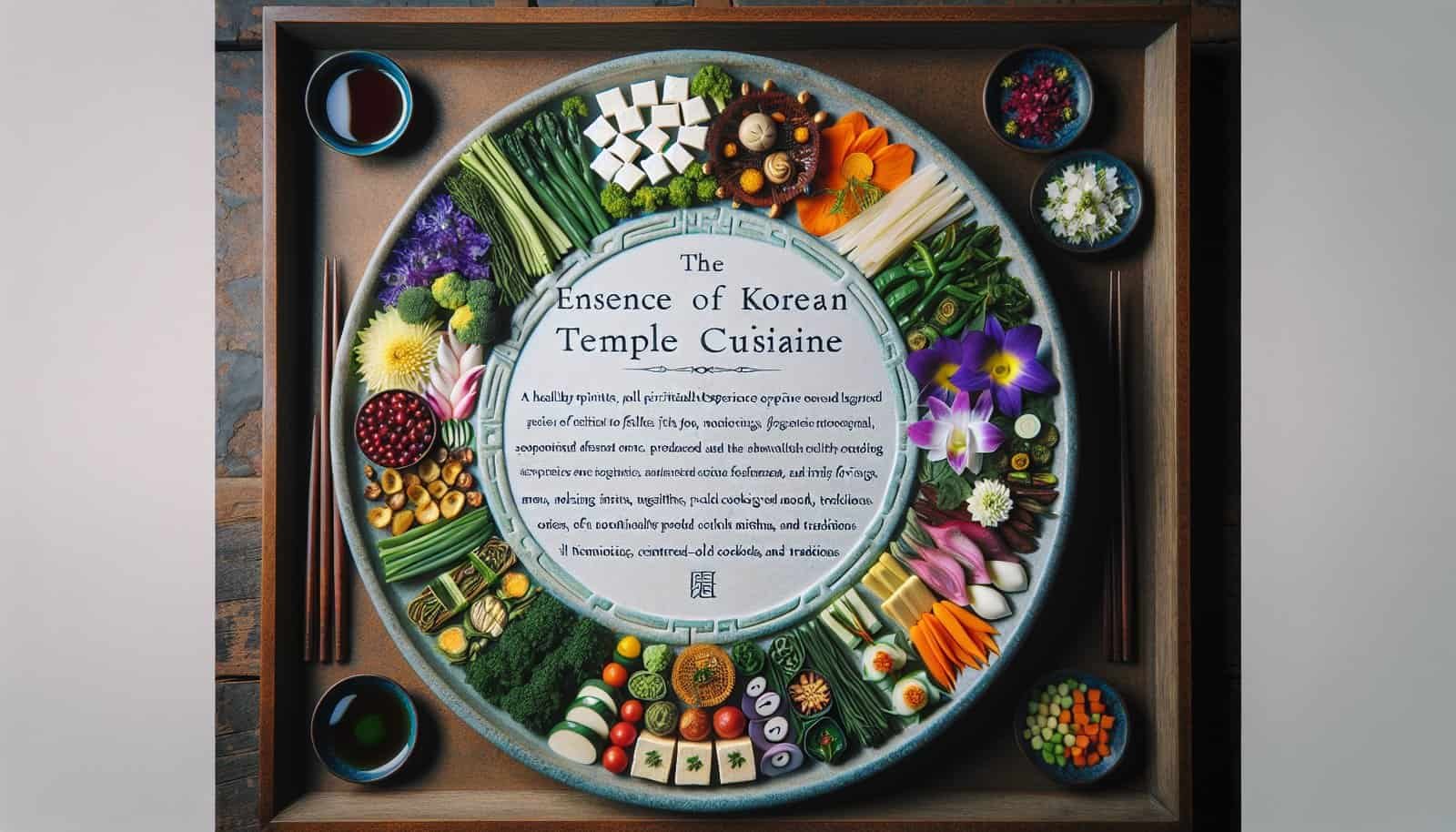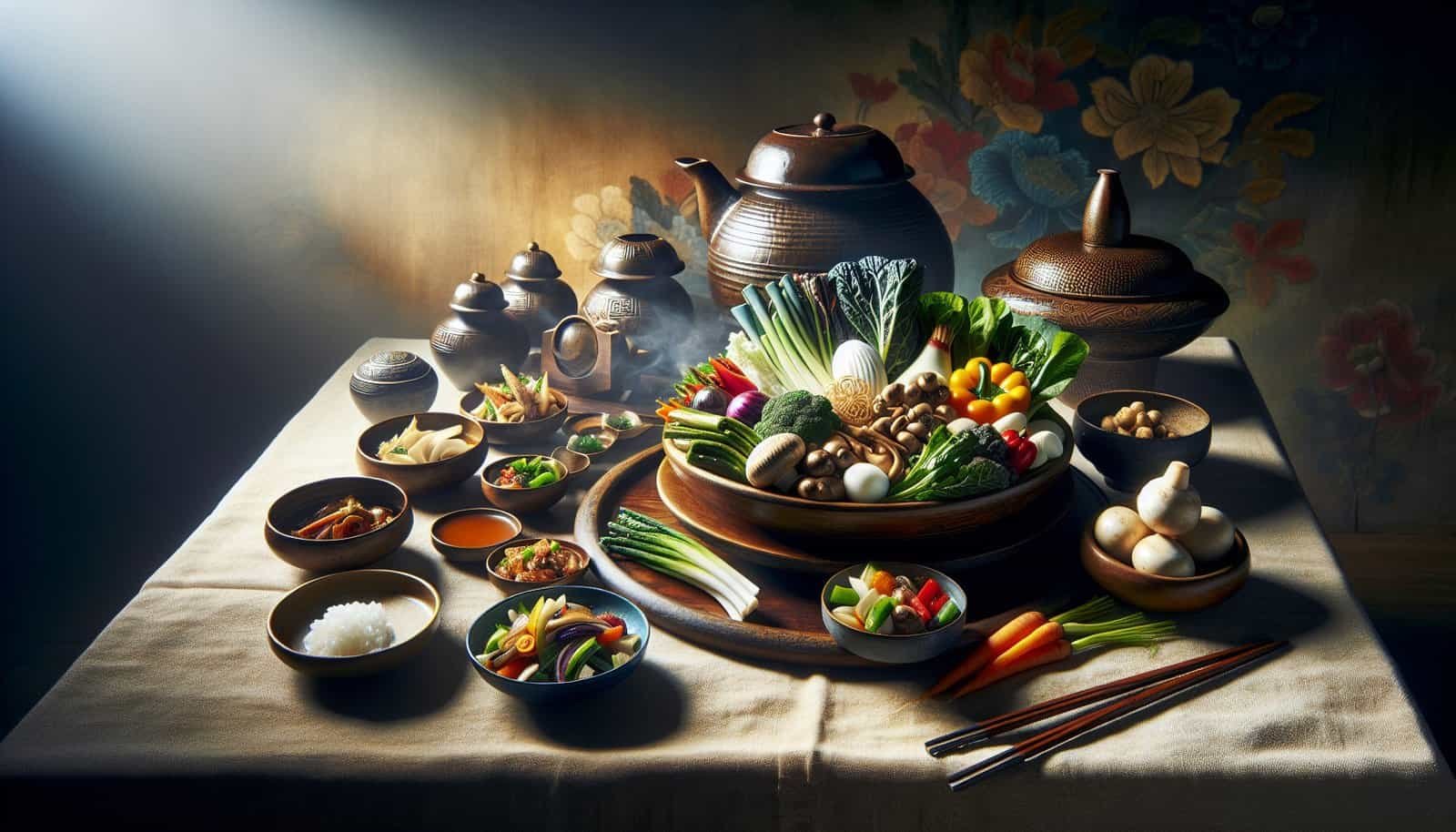Have you ever wondered what sets Korean temple cuisine apart from regular Korean food? From its emphasis on simplicity and mindfulness to its focus on plant-based ingredients, temple cuisine offers a unique and refreshing approach to dining in Korea. In this article, we will explore the key characteristics of this traditional culinary practice, shedding light on the distinct flavors and customs that make it a truly extraordinary dining experience. So get ready to discover the fascinating world of Korean temple cuisine and satisfy your curiosity about this lesser-known aspect of Korean food culture.
Ingredients
Herbal and Medicinal Ingredients
In Korean temple cuisine, the use of herbal and medicinal ingredients takes center stage. These ingredients are carefully selected for their health benefits and are believed to nourish both the body and mind. Traditional Korean herbs such as ginseng, angelica, and licorice are commonly used to promote vitality and well-being. Additionally, medicinal mushrooms like shiitake and reishi are incorporated into dishes for their immune-boosting properties. Temple cuisine places a strong emphasis on the healing power of nature and harnessing the benefits of these natural ingredients.
Vegetable and Plant-Based Ingredients
Vegetables and plant-based ingredients are the foundation of Korean temple cuisine. The cuisine celebrates the abundance of plant-based ingredients, making it a haven for vegetarians and vegans. A wide variety of vegetables, ranging from leafy greens to root vegetables, are used to create vibrant and flavorful dishes. Herbs like perilla leaves and sesame leaves are often added to enhance the aroma and taste of the dishes. By incorporating a diverse array of plant-based ingredients, temple cuisine creates a harmonious and balanced dining experience.
Seaweed and Mushrooms
Seaweed and mushrooms are integral components of Korean temple cuisine. Seaweed, such as wakame and kelp, is packed with nutrients and adds a unique taste and texture to dishes. It is often used as a wrap or garnish in temple cuisine, lending a subtle umami flavor. Mushrooms, particularly wild mushrooms, are highly esteemed for their rich earthy taste and nutritional value. From oyster mushrooms to pine mushrooms, these fungi are incorporated into various dishes, imparting a deep and complex flavor profile to the cuisine.
Fermented Ingredients
Fermentation is not only a cooking technique but also a vital aspect of Korean temple cuisine. Fermented ingredients like soy sauce, soybean paste, and kimchi play a significant role in enhancing flavors and promoting digestion. The bold and complex taste of fermented foods adds depth to each dish, while the probiotics present in these ingredients contribute to gut health. The art of fermentation has been passed down through generations, and its presence in temple cuisine showcases the mastery and artistry of ancient culinary traditions.
Cooking Techniques and Practices
Vegan and Vegetarian Cooking
One of the defining aspects of Korean temple cuisine is its commitment to vegan and vegetarian cooking. The cuisine aims to respect the lives of all beings by abstaining from the use of meat and animal products. Instead, plant-based ingredients are creatively prepared to ensure a wholesome and satisfying dining experience. Through innovative cooking techniques, temple cuisine showcases how plant-based ingredients can be transformed into delectable dishes without compromising on flavor or nutrition.
Minimal Oil and Salty Seasonings
In Korean temple cuisine, an emphasis is placed on using minimal oil and relying on subtle salty seasonings to enhance the natural flavors of ingredients. Oil is sparingly used to maintain the integrity of the ingredients and to promote a lighter and healthier cooking style. Salty seasonings like soy sauce and salt are used judiciously to highlight the inherent tastes of the fresh produce. This minimalist approach allows the flavors of the ingredients to shine, giving rise to dishes that are both delicate and delightful.
Multilayered Flavors
Korean temple cuisine is renowned for its ability to create multilayered flavors that captivate the palate. The careful selection and combination of ingredients result in dishes that are both complex and harmonious. A single dish may feature a range of tastes, such as sweet, sour, spicy, and earthy, which blend together to create a truly memorable dining experience. The art of balancing flavors is of utmost importance in temple cuisine, as it reflects the meticulous attention and respect given to each ingredient.
Slow and Delicate Preparation
The preparation of dishes in Korean temple cuisine is a slow and deliberate process that showcases the reverence for food and its origins. From soaking and brining to fermenting and steaming, each step is carried out with patience and intention. This slow and delicate preparation allows the flavors to develop fully and ensures that the nutritional value of the ingredients is preserved. By taking the time to prepare meals mindfully, temple cuisine encourages a deeper connection with the food and an appreciation for the effort and care that goes into each dish.

Presentation and Plating
Artistic and Minimalist Plating
The presentation of food in Korean temple cuisine is an art form in itself. Each dish is thoughtfully arranged to reflect the beauty of nature and the principles of minimalism. The use of elegant and simple plating techniques ensures that the focus remains on the natural colors and textures of the ingredients. Delicate garnishes, such as edible flowers or herbs, may be added to enhance the aesthetic appeal of the dish. The artistic and minimalist plating of temple cuisine not only creates a visually stunning dining experience but also embodies the philosophy of simplicity and mindfulness.
Colorful and Balanced Dishes
Korean temple cuisine places great importance on creating dishes that are not only visually appealing but also nutritionally balanced. A wide array of colorful vegetables and fruits are incorporated into the cuisine to provide a wide range of vitamins and minerals. By featuring a diverse range of colors on the plate, temple cuisine ensures that diners receive a balanced and wholesome meal. The vibrant hues not only add visual intrigue but also reflect the bountiful offerings of nature.
Symmetry and Harmony
Symmetry and harmony are key principles in Korean temple cuisine’s presentation. Dishes are meticulously arranged to create a sense of balance and proportion. From the placement of ingredients to the choice of plate and utensils, every detail is carefully considered. The symmetrical arrangement not only pleases the eye but also symbolizes the pursuit of equanimity and tranquility. This focus on aesthetics and balance is a reflection of the appreciation and respect for the culinary arts in Korean temple cuisine.
Natural and Fresh Ingredients
The use of natural and fresh ingredients is at the heart of Korean temple cuisine’s presentation. Temple cuisine celebrates the seasonal and local produce, showcasing the flavors and uniqueness of each ingredient. Fresh herbs, edible flowers, and foraged greens are often incorporated into the dishes to add a touch of freshness and vibrancy. By emphasizing the use of natural and unprocessed ingredients, temple cuisine reinforces its connection to nature and the belief that true nourishment comes from the earth.
Religious Influence and Philosophy
Buddhist Principles and Ethics
Korean temple cuisine is deeply rooted in Buddhist principles and ethics. The cuisine reflects the Buddhist philosophy of compassion for all sentient beings and the belief in the interconnectedness of life. Temple cuisine embraces a vegetarian and vegan lifestyle as a way to honor and respect the lives of animals. Additionally, the concept of non-attachment is reflected in the practice of seasonal eating, where ingredients are sourced locally and consumed in accordance with nature’s rhythm. Buddhist principles guide every aspect of temple cuisine, infusing it with a sense of mindfulness and compassion.
Mindful Eating and Gratitude
Mindful eating is a fundamental practice in Korean temple cuisine. Diners are encouraged to eat slowly and attentively, savoring each bite and fully experiencing the flavors and textures of the dishes. By cultivating mindfulness during meals, temple cuisine fosters a deeper connection with the food and a greater appreciation for the nourishment it provides. Gratitude is also an essential component of temple cuisine, as it acknowledges the efforts of those involved in the food’s journey, from the farmers to the cooks. Mindful eating and gratitude bring a sense of fulfillment and contentment to each dining experience.
Moderation and Balance
The principles of moderation and balance underpin Korean temple cuisine. The cuisine encourages moderation in portion sizes, advocating for mindful consumption without excess. By practicing moderation, temple cuisine promotes a balanced and harmonious relationship with food, allowing for a greater appreciation of its flavors and benefits. This emphasis on balance extends beyond portion sizes and includes a variety of tastes, textures, and colors in each meal. By embracing both moderation and balance, temple cuisine seeks to create a holistic and nourishing dining experience.
Connection with Nature
In Korean temple cuisine, there is a profound connection with nature that permeates every aspect of the cuisine. The sourcing of local and seasonal ingredients reflects the belief in living in harmony with the natural world. By utilizing ingredients that are in sync with the seasons, temple cuisine celebrates the cycles of nature and the abundant offerings of each period. The connection with nature goes beyond the selection of ingredients and extends to the preparation and presentation of dishes, which aim to showcase the inherent beauty and simplicity of nature’s creations.
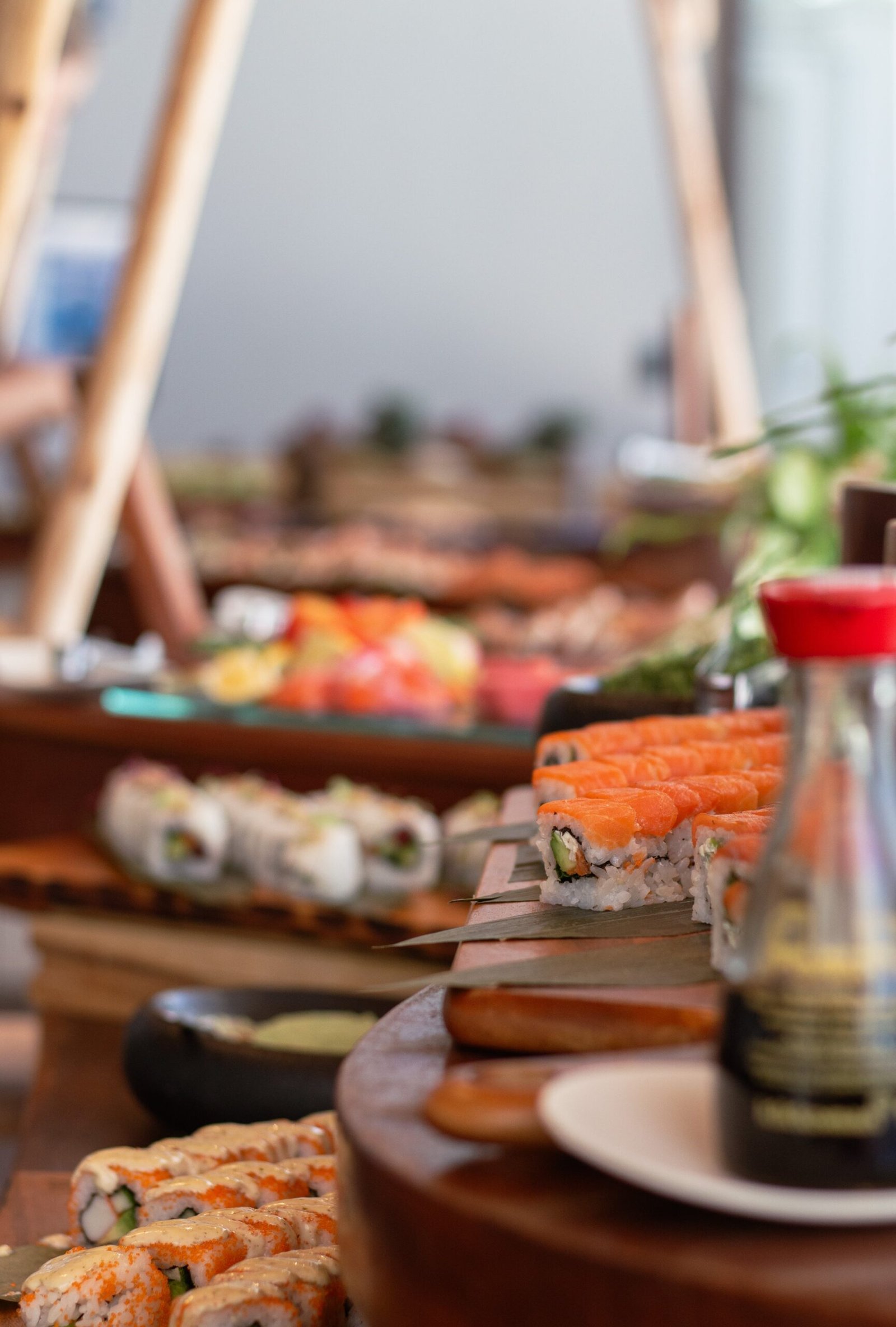
Fasting and Rituals
Buddhist Rituals and Ceremonies
Korean temple cuisine is closely intertwined with Buddhist rituals and ceremonies. Ceremonial meals, known as “barugongyang,” are an integral part of monastic life, offering nourishment and sustenance during periods of reflection and meditation. These meals are often accompanied by meaningful rituals and chants, creating a contemplative and sacred atmosphere. Eating in silence and with awareness, participants engage in a profound connection with their food, fostering a deep sense of gratitude and spirituality.
Monastic Fasting Practices
Fasting is a common practice in Korean temple cuisine, observed by both monks and laypeople. Fasting serves as a means of self-discipline, purification, and reflection. Monastic fasting practices vary in intensity and duration, ranging from water fasting to consuming simple meals consisting of rice and water only. Fasting is seen as a way to cleanse the body and mind, promoting clarity and spiritual growth. Through fasting, temple cuisine encourages self-restraint and an appreciation for the simplicity and essentiality of food.
Seasonal Eating
Seasonal eating is an inherent practice in Korean temple cuisine and is deeply rooted in the connection to nature and the cycles of the earth. Ingredients are sourced in alignment with the seasons, ensuring that the food consumed reflects the natural rhythms of the environment. By embracing seasonal eating, temple cuisine celebrates the diversity of flavors and nutritional benefits offered by each season’s harvest. This practice not only promotes mindfulness but also fosters a deeper appreciation for the changing seasons and the ephemeral nature of life.
Simplicity and Mindfulness
Simplicity and mindfulness are at the core of Korean temple cuisine’s fasting and ritual practices. By reducing the complexity of meals and removing distractions, individuals are able to cultivate a heightened sense of awareness and presence. The simplicity of the food allows for a deeper connection with the nourishment it provides, while mindfulness encourages a deeper appreciation for each bite. Fasting and rituals in temple cuisine offer an opportunity for self-reflection, inner stillness, and a reconnection with one’s authentic self.
Health Benefits
Nutrient-Dense and Low-Calorie
Korean temple cuisine is known for its health benefits, as it focuses on nutrient-dense ingredients that are low in calories. The emphasis on plant-based ingredients ensures a high intake of vitamins, minerals, and fiber, which are essential for overall well-being. By incorporating a wide variety of vegetables, mushrooms, and fermented foods, temple cuisine provides a wealth of nutrients without excessive calorie intake. This nutrient-dense and low-calorie nature of temple cuisine promotes weight management, boosts energy levels, and supports overall good health.
Promotes Digestive Health
The inclusion of fermented ingredients in Korean temple cuisine fosters a healthy gut and promotes digestive health. Fermented foods like kimchi, soy sauce, and miso contain beneficial bacteria that aid in digestion and enhance nutrient absorption. These probiotics promote a healthy balance of gut flora, supporting a strong immune system and overall well-being. The emphasis on minimal oil and the careful preparation techniques further contribute to a diet that is easy on the digestive system, allowing for optimal digestion and absorption of nutrients.
Reduces Inflammation
Korean temple cuisine’s emphasis on natural and unprocessed ingredients contributes to its anti-inflammatory properties. The abundant use of vegetables, herbs, and spices provides a rich source of antioxidants and anti-inflammatory compounds. These components help combat oxidative stress and reduce inflammation in the body, contributing to the prevention of chronic diseases. Additionally, the minimal use of oil and salt in temple cuisine reduces the risk of inflammation related to excessive consumption of these ingredients.
Balances Energy and Chakras
In Korean temple cuisine, there is a belief in the balancing of energy and chakras, promoting overall harmony and well-being. The inclusion of a diverse range of ingredients aims to harmonize the body’s energy centers. The incorporation of different colors, tastes, and textures in each dish aligns with the principles of traditional Korean medicine and the belief that each color corresponds to a specific energy center in the body. By consuming a balanced and varied diet, temple cuisine fosters the balance of energy and promotes holistic wellness.
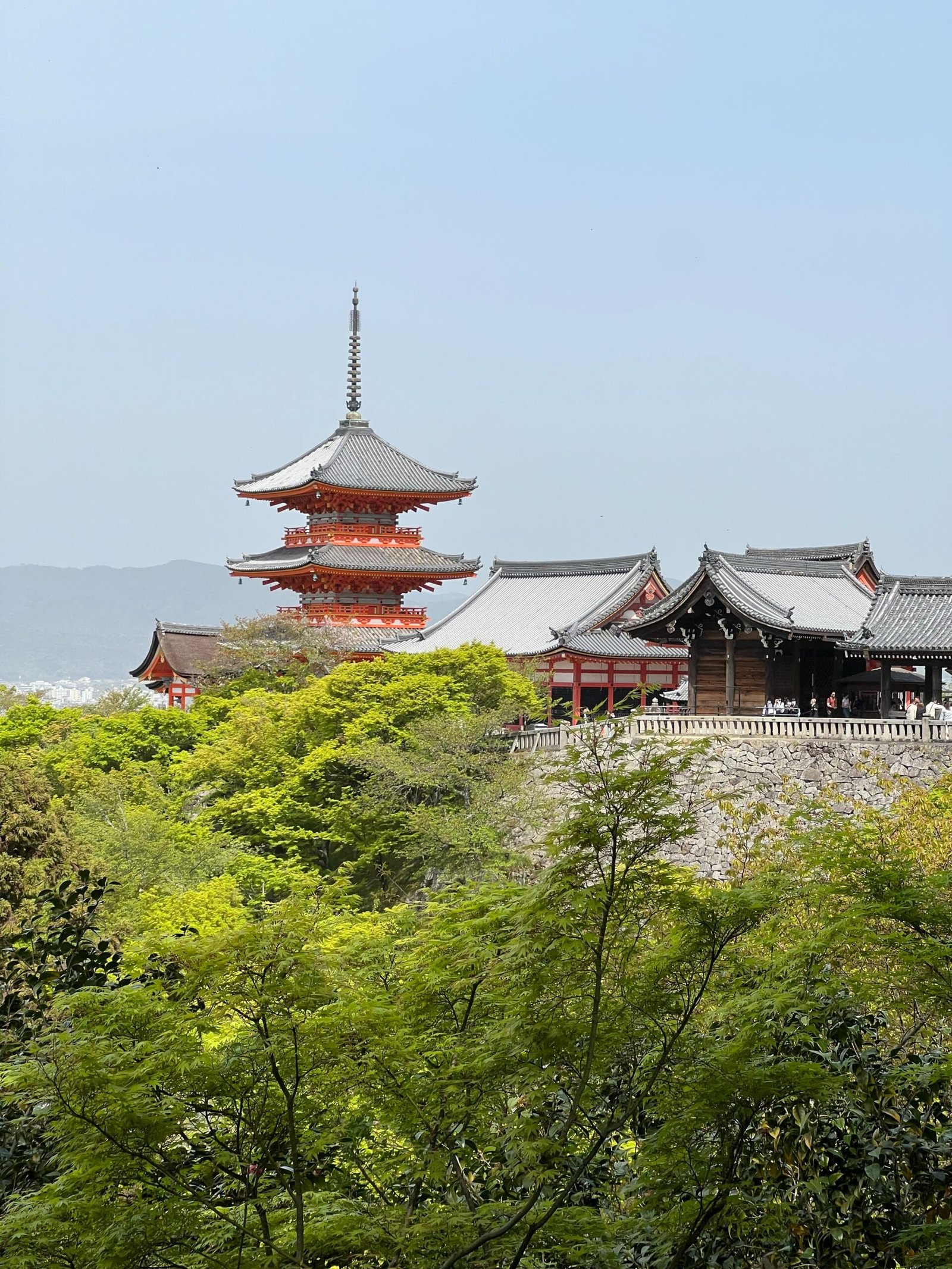
Availability and Accessibility
Temple Restaurant Culture
The rise of temple restaurant culture in Korea has made Korean temple cuisine more accessible to a wider audience. Temple restaurants provide an opportunity for individuals to experience the unique flavors and philosophies of temple cuisine in a contemporary setting. These restaurants often combine traditional temple cuisine with modern cooking techniques, creating innovative dishes that appeal to both local and international diners. The establishment of temple restaurants has not only contributed to the preservation of ancient culinary traditions but has also played a role in promoting cultural exchange and understanding.
Culinary Training and Preservation
The preservation of Korean temple cuisine relies on the transmission of culinary skills and knowledge from generation to generation. Temple cuisine requires a deep understanding of traditional cooking techniques, as well as a reverence for the ingredients and their origins. Culinary training programs and apprenticeships are pivotal in ensuring the continuity of temple cuisine. These programs not only train aspiring chefs in the art of temple cuisine but also foster a greater appreciation for the cultural and historical significance of the cuisine.
Tourism and Cultural Experiences
The growing interest in Korean temple cuisine has led to an increase in culinary tourism and cultural experiences centered around temple cuisine. Visitors have the opportunity to immerse themselves in the traditions and practices of temple cuisine through temple stays, cooking classes, and cultural events. Participating in temple cuisine activities allows individuals to engage with the philosophy and principles that underpin the cuisine, gaining a deeper understanding of its cultural significance. This exchange of knowledge and cultural exploration promotes a greater appreciation for Korean temple cuisine on a global scale.
Adaptation to Modern Lifestyles
While Korean temple cuisine is rooted in ancient traditions, it has also adapted to modern lifestyles and tastes. Recognizing the need for flexibility and variety, temple cuisine has incorporated elements of global cuisines and modern cooking techniques. This fusion of traditional and contemporary approaches allows for greater accessibility and appeal to a wider range of diners. By adapting to modern lifestyles, Korean temple cuisine continues to evolve while staying true to its fundamental principles of mindfulness, balance, and nourishment.
Connection to Nature
Use of Local and Seasonal Ingredients
The connection to nature is deeply ingrained in Korean temple cuisine, and one way this is expressed is through the use of local and seasonal ingredients. Temple cuisine celebrates the bounty of each season, incorporating ingredients that are fresh and readily available locally. By sourcing ingredients from surrounding regions, temple cuisine embraces the unique characteristics and flavors of the land. This practice not only supports local farmers and businesses but also fosters an appreciation for the natural cycles of growth and renewal.
Sustainable Sourcing and Farming
In line with its commitment to nature and the environment, Korean temple cuisine places a strong emphasis on sustainable sourcing and farming practices. Temple cuisine recognizes the importance of preserving the earth’s resources and promotes the use of organic and sustainable ingredients. Through partnerships with local farmers and a focus on responsible sourcing, temple cuisine supports regenerative agriculture and minimizes its ecological footprint. This dedication to sustainable practices ensures the continuity of the cuisine while safeguarding the planet for future generations.
Respect for Life and Environment
Respect for life and the environment is a fundamental principle in Korean temple cuisine. This reverence is manifested through a mindful selection of ingredients that have been sustainably harvested and ethically sourced. The cuisine encourages a deep appreciation for the interconnected web of life and the inherent value of all living beings. By recognizing the importance of respecting the environment, temple cuisine seeks to inspire a greater sense of responsibility and stewardship towards the natural world.
Spiritual Significance of Nature
Nature holds a deep spiritual significance in Korean temple cuisine, symbolizing the interconnectedness of all living beings. The utilization of natural ingredients reflects an appreciation for the nourishment and wisdom that nature provides. Every dish prepared in temple cuisine is an offering, embodying gratitude for the inherent abundance and vitality of the natural world. By recognizing the spiritual significance of nature, temple cuisine cultivates a greater sense of connectedness and harmony with the environment.
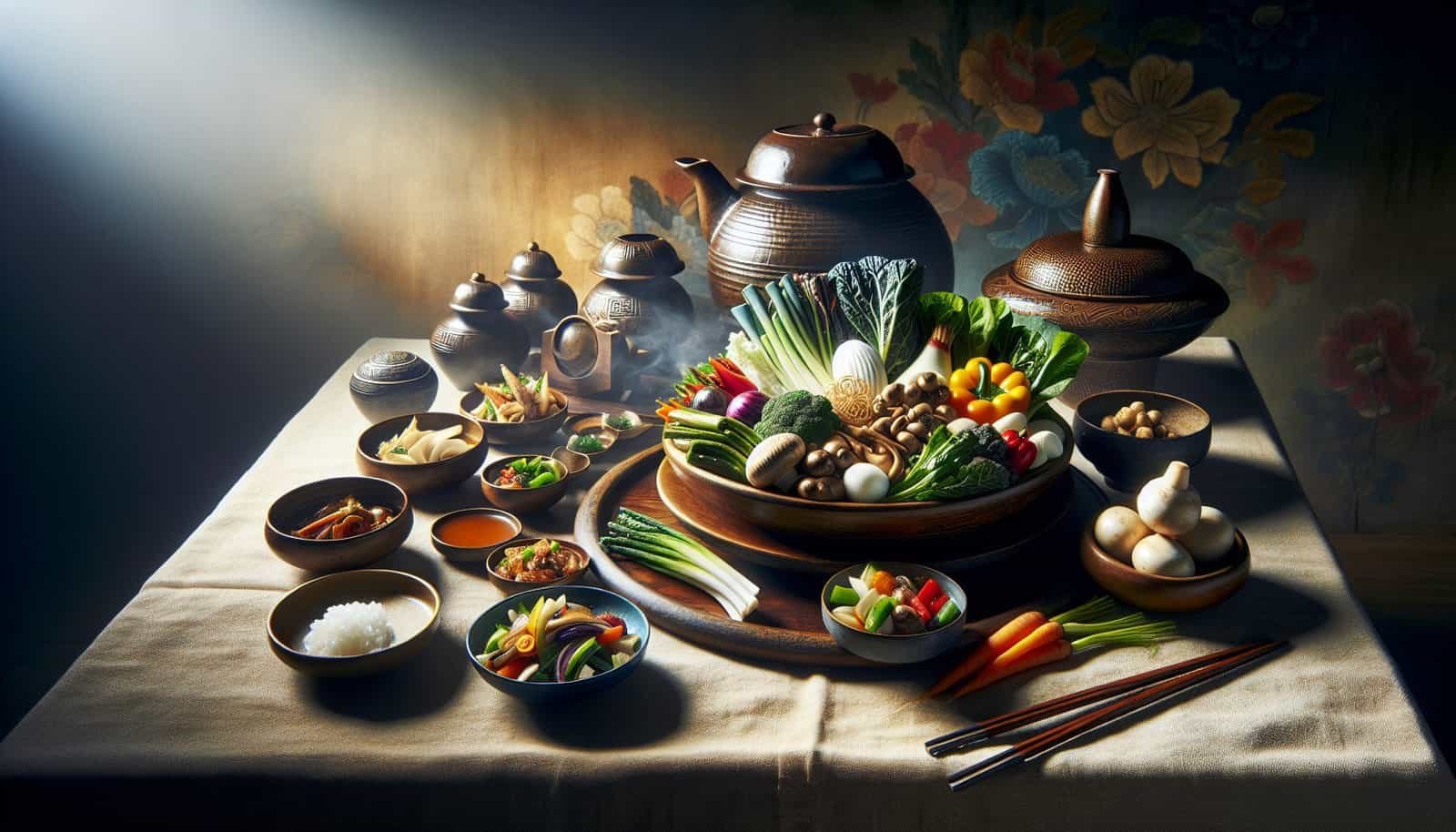
Cultural Significance
Historical Roots and Tradition
Korean temple cuisine has a rich history that dates back centuries. It is deeply rooted in the traditions and practices of Korean Buddhism, which has played a significant role in shaping Korean culture. The cuisine’s emphasis on mindfulness, balance, and compassion reflects the deep spiritual traditions of Korean Buddhism. Through its historical roots and traditions, temple cuisine serves as a living testament to the enduring legacy of Korean culture and spirituality.
Celebratory and Ceremonial Meals
Temple cuisine is often associated with celebratory and ceremonial meals in Korean culture. These meals are prepared with great care and precision to mark important occasions and events, such as holidays, weddings, and anniversaries. The food served during these meals not only nourishes the body but also carries symbolic meanings and blessings. Each ingredient and dish is thoughtfully chosen to convey well wishes and good fortune. Celebratory and ceremonial meals in temple cuisine are a reflection of the shared cultural values and the role of food in fostering community and connection.
Monastic Community Dining
Community dining is an integral part of Korean temple cuisine and plays a crucial role in fostering unity and harmony among monastic communities. Monks and nuns gather together to share meals, engaging in communal activities that promote camaraderie and support. Mealtimes become a time for reflection, connection, and renewal of vows. The practice of community dining in temple cuisine exemplifies the importance of shared experiences and the power of food to bring people together.
Symbolism and Sacredness
Symbolism and sacredness are central to Korean temple cuisine, with each ingredient and dish carrying deep meaning and significance. From auspicious shapes to seasonal colors, every aspect of temple cuisine is imbued with symbolism. Certain dishes are reserved for specific occasions or ceremonies, while others are believed to invoke blessings or good fortune. Temple cuisine’s attention to symbolism highlights the cultural richness and depth of meaning inherent in each culinary creation.
Variety and Innovation
Regional Styles and Flavors
Korean temple cuisine encompasses a wide array of regional styles and flavors. Each region in Korea has its own unique culinary traditions and ingredients, which are celebrated and incorporated into temple cuisine. From the spicy flavors of the southern regions to the delicate tastes of the northern regions, temple cuisine showcases the diverse culinary heritage of Korea. This regional diversity adds depth and variety to the cuisine, allowing for a truly immersive and flavorful dining experience.
Creative Adaptation of Recipes
Temple cuisine embraces creativity and innovation, allowing for the adaptation of traditional recipes to suit modern tastes and dietary preferences. Chefs and culinary experts continue to explore new ways of incorporating plant-based ingredients and experimenting with unconventional flavors. By infusing contemporary techniques and global influences, temple cuisine remains dynamic and relevant, appealing to a broader audience and showcasing the versatility of Korean culinary traditions.
Fusion with Global Cuisines
Korean temple cuisine has also found inspiration in global cuisines, incorporating elements and techniques from around the world. Fusion dishes that blend Korean flavors with other culinary traditions have gained popularity in recent years. This blending of culinary styles not only adds variety and excitement to temple cuisine but also represents a cultural exchange and celebration of diversity. By embracing global influences, temple cuisine remains open to new perspectives and continues to evolve.
Revival of Ancient Dishes
Korean temple cuisine also plays a vital role in the revival and preservation of ancient dishes that are at risk of being forgotten. By studying historical records and collaborating with culinary experts, chefs are able to recreate traditional dishes and bring them back to the modern dining table. This revival not only preserves cultural heritage but also showcases the beauty and intricacy of ancient culinary traditions. The revival of ancient dishes in temple cuisine ensures that the knowledge and techniques of the past continue to thrive and inspire future generations.
